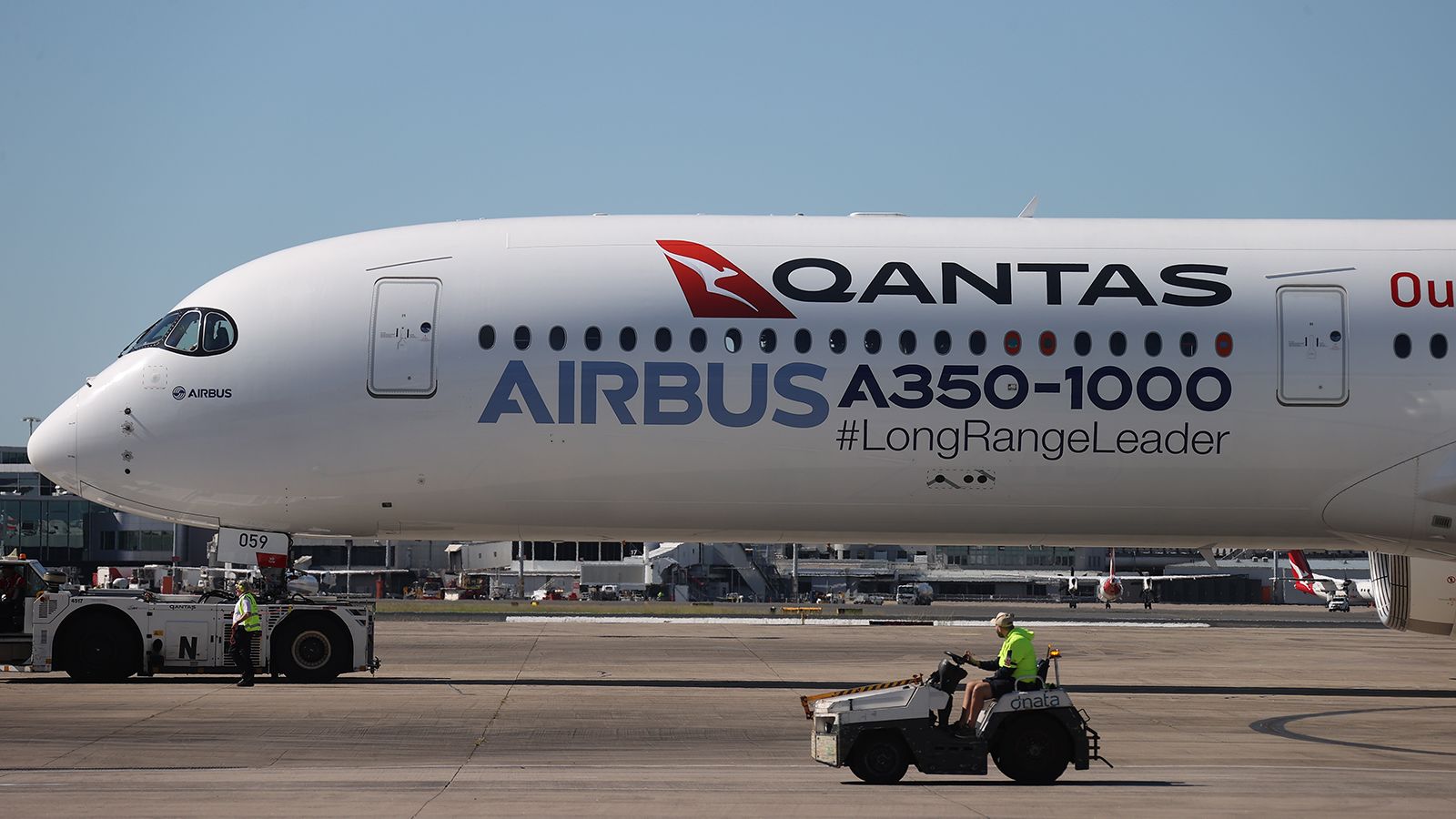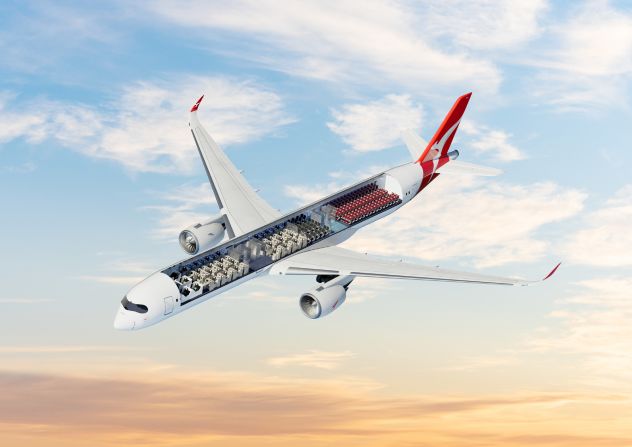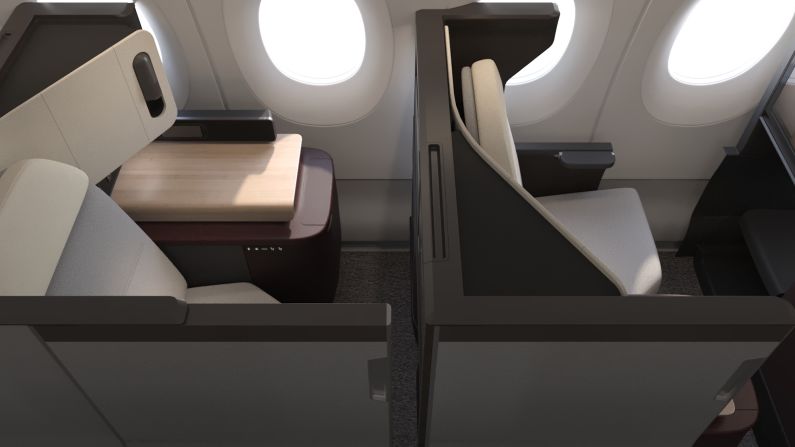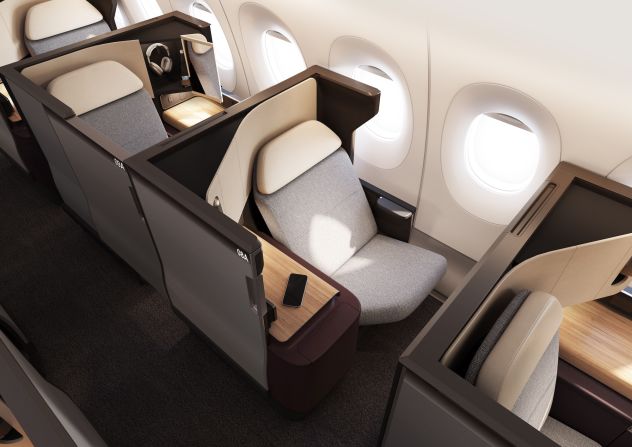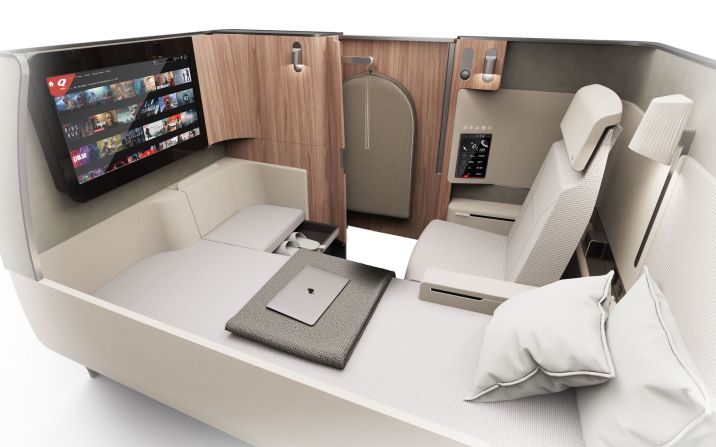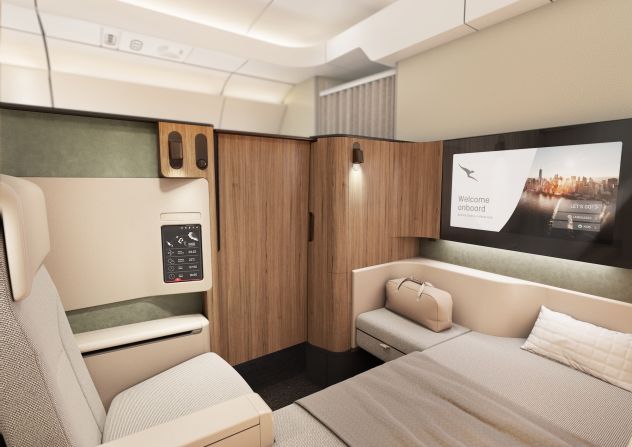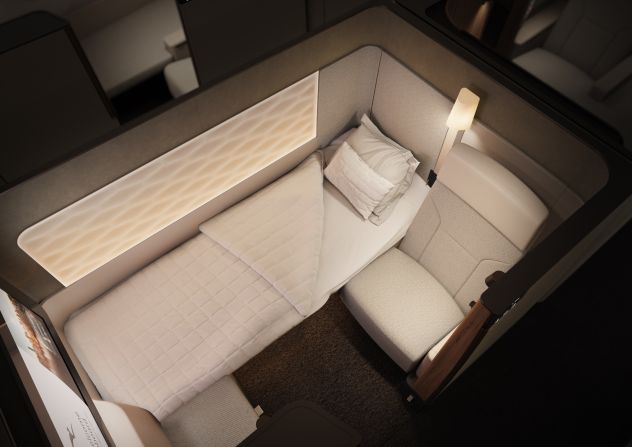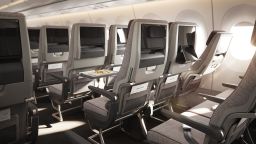Travelers who were hoping to experience Qantas’ long-awaited, record-breaking ‘Project Sunrise’ flights next year will have to be a bit more patient.
Australia’s flag carrier said on Thursday that manufacturing delays have impacted the delivery dates for the Airbus A350-1000 jets that will be used to service the ultra-long-haul flights by approximately six months, to mid-2026.
In 2022, Qantas ordered 12 of the planes for the 19-hour-plus journeys that will connect Australia with New York and London. The inaugural flights were scheduled to launch in late 2025, starting with Sydney to London and New York.
A senior executive at Airbus reportedly responded to the timeline shift on the sidelines of the Singapore Airshow this week.
“The regulator has asked us to redesign the center tank on the ultra-long-range airplane for Sunrise,” Christian Scherer, CEO of Airbus’ commercial aircraft business, was quoted by Reuters as saying.
Project Sunrise: A timeline
By the time the flights do take off, it will have been nearly a decade since the world first heard about them.
Project Sunrise was announced by Qantas in 2017, a plan to operate the world’s longest nonstop flights, allowing travelers to fly directly between London or New York to the eastern Australian cities of Sydney and Melbourne.
The name was inspired by the secretive, danger-filled flights made from Perth to Sri Lanka en route to London during World War II. They lasted so long pilots saw two sunrises.
In 2019, Qantas conducted three trial research trips to gather data to present to Australia’s Civil Aviation Safety Authority, which needed proof that pilots, cabin crew and passengers can cope with up to 22 hours in the air without a break.
During these flights, pilots wore brainwave monitors and had their urine tested in the weeks before and after the flights to track levels of melatonin, a hormone that controls sleep cycles. Passengers in the main cabin wore monitoring devices, allowing scientists to study how their “health, well-being and body clock” were impacted by a set of variables including lighting, food and drink, movement, sleep patterns and inflight entertainment.
One of the trial flights, Flight QF7879 – which CNN experienced first-hand – became the world’s longest passenger flight by a commercial airline both for distance (17,800 kilometers, or about 11,060 miles) and duration in the air (19 hours and 19 minutes).
That same year, Qantas announced it was choosing Airbus over Boeing to carry out the Project Sunrise flights. Both aircraft makers had pitched their jets to the airline in a competitive months-long process, with Boeing offering up the 777X and Airbus the A350.
And then came the pandemic. The ultra-long-haul routes were set to launch in 2022 or 2023, but with the global health crisis decimating the global aviation industry, Project Sunrise was put on hold in 2020 – but not forgotten.
In 2022, Qantas announced it was ordering 12 Airbus A350-1000 jets for the project.
How comfortable will the flights be?
Qantas reveals new A350 first and business class cabins
The Project Sunrise planes’ interiors were revealed in 2023, highlighting steps designers have taken to ensure passengers will be as comfortable as possible during the ultra-long flights. The A350s will seat only 238 passengers, a sharp drop from the usual 300-plus seat layout, to provide more space for fliers.
The layout includes six first class seats in a 1-1-1 configuration, 52 business class seats in 1-2-1, 40 premium economy seats in 2-4-2 and 140 economy seats in 3-3-3.
The first class cabin seats, or First Suites, will feature an extra-wide fixed bed, a 22-inch wide recliner lounge chair, a full-length wardrobe, a folding dining table – large enough for two – and a 32-inch ultra-high definition TV.
Business class suites will be 42 inches wide with 25-inch-wide chairs that can be reclined into a two-meter bed. They will also include a cushioned leather ottoman, a large mirror, plenty of storage space and an 18-inch ultra-high definition touchscreen TV.
All Business and First Suites will be enclosed by high walls and have a sliding door for privacy. They will also have multiple charging options for personal devices, including a wireless induction charging dock.
Economy seats will be an inch longer than standard, the airline revealed last year, giving passengers 33 inches of legroom.
Each seat will also have Bluetooth connectivity and free Wi-Fi.
The economy cabin will also have “wellness zones” with TV screens guiding travelers through stretching exercises and bars to help them balance during the upcoming record-breaking flights.
As for the world’s longest scheduled passenger flight currently in service, that honor goes to Singapore Airlines’ Singapore-JFK route, which covers 9,536.5 miles.
Flights from Singapore to JFK take 18 hours and 5 minutes, while JFK to Singapore takes 18 hours and 40 minutes, due to the headwind.
